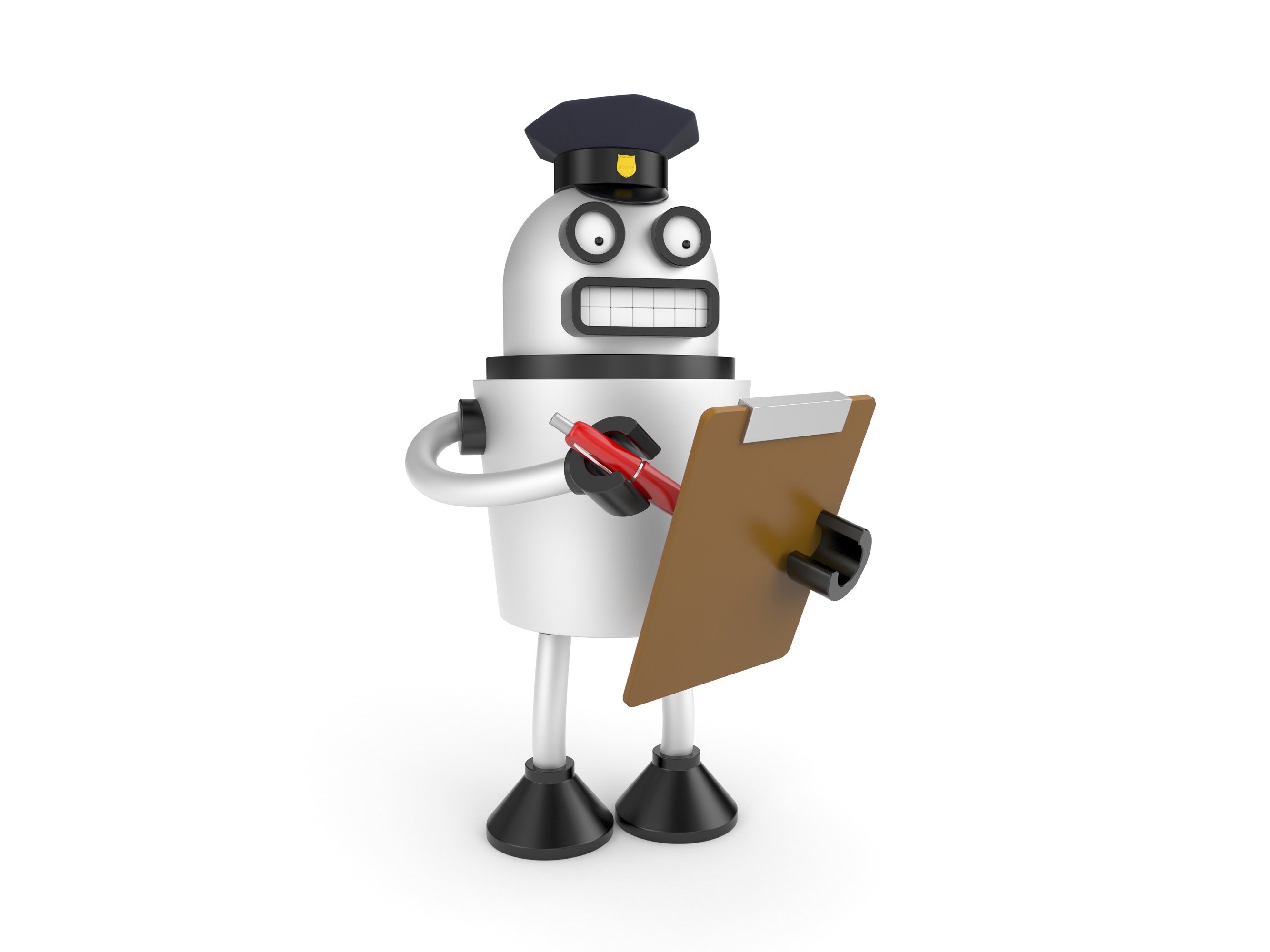The first 10 jobs that will be automated by AI and robots


The job market is a battlefield, and it's about to get a lot worse. In addition to competing against other skilled job-seekers for work, you'll soon be pitted against robots as well.
Robots have been working alongside human employees in industries such as manufacturing for a long time, helping accomplish tasks quicker or more efficiently. But, as the fields of cognitive computing and artificial intelligence continue to grow, we will see many more industries -- from the food industry to customer service -- affected by automation.
A 2013 research paper out of the Oxford Martin School in the UK estimates that roughly 47 percent of the total US jobs are at risk of computerization or automation. That means almost half of the jobs in the US could end up being automated.
But, which will be the first to go? Here are 10 jobs that will be at the top of the list.
1. Assembly line worker
The conversation about automation upending the manufacturing industry has been happening for decades, and it still hasn't come to fruition. Tech, factories, and jobs have had a tricky relationship since the Industrial Revolution. Robotic technology has been used in manufacturing for decades -- especially at major operations like Ford and Toyota -- and the technology continues to advance. But there are still some hurdles in regards to fine motor skills and decision making that need to be overcome before the robots will be able to work on their own in manufacturing. Even the best robots still require humans to closely observe and orchestrate their work.
2. Field technician
Many jobs require an employee in the field to physically visit a work site or piece of machinery and check on the operations. New advances in the Internet of Things could render this work obsolete.
"Low-cost sensors combined with high availability cellular/satellite communications and cloud technology are being implemented to automate and alarm these sites, and can be checked and maintained from a desktop or mobile device," said Scott Perrin, president of mFactor Engineering.
The need for employees in the field will be there, just not solely for the collection of data. Jerry Dolinsky, CEO of Verisae, said that the role of "meter reader" will be obsolete in the future. For example, British Columbia has already implemented smart meter programs. The field technicians focused on troubleshooting and problem solving will still be in demand, however.
3. Call center worker
At this point, most people are familiar with automated customer service lines and telemarketing. Using natural-language processing, automated call lines are able to better understand what customers are saying and direct them to the proper resource. There's usually still an option to be routed to a 'real person', but even that could be eliminated in the next few years.
Additionally, Dolinsky said, automation could lead to fewer calls to helplines in general, at least on the customer service side of things. Smart systems, remotely monitored by sensors, could help with product maintenance and ward off potential problems.
4. Sorter
Sorting takes a trained eye and sorters typically work in a factory, pulling damaged or imperfect products from a batch as it moves along a conveyor belt. Automated inspection technology is growing to match the human output for this job.
"Right now it's common for people to be manually sorting and inspecting every single item -- a seat belt bolt, for example," Perrin said. "Vision inspection cameras used to cost $30,000, now they cost $1000, and vision inspection systems are fast, efficient and highly accurate."
5. Data entry
Data is moving to the forefront of important assets in almost every industry. Because of this, accurate data input is essential. Changes in the way data is collected and processed could lead to faster and more fully automated data entry.
For example, Dolinsky said, data from a driver's time on the road and time on the site could be captured by an on-board sensor, combined with GPS data, and automatically fed into the backend system. That data could then be automatically compared against daily goals and plans, and processed on behalf of that driver. The data entry is more efficient and happens faster as a result.
While lots of data -- especially historical data -- still needs to be digitized, and there will be work available to scan much of this data in the short term, the long-term need for data entry will be reduced.
6. Insurance underwriter
Whenever you apply for insurance through a broker or agent, your application has to be vetted to determine if the risk is worth accepting for the insurance company. The work is performed by underwriters. They review the application and decide whether or not they'll provide insurance, and how much they'll offer.
The role of insurance underwriter is at risk for automation because applications can be standardized and most organizations have set rules by which they determine eligibility. Machine learning can help computer systems learn these rules and apply them to the applications they receive.
7. Tax preparer
Many people know the feeling of sitting across from a tax preparer as you try to figure out how much money you owe, or what you'll be getting back when taxes are due.
But, what if you simply fed your W-2 into an ATM-like machine, answered a few questions, and it automatically filed your taxes for you? Aside from a few overly complicated tax code issues, most workers will be likely be able to file their taxes without the assistance of another human. Tax forms are standardized and machines will be able to read the info and ask you a few questions to process your paperwork. We've seen this happening with software like TurboTax for years.
Of course, the tax code is complicated and where there are problems, ambiguities, and irregularities, there will still be the need for human beings with deep knowledge who can do far more than just fill out the right forms.
8. Sales representative
Intuition says that making a sale requires a human touch. But, e-commerce is changing how we make purchasing decisions, especially those where there isn't much differentiation among the major competitors.
"If you're selling a high-differentiation product and/or a high-price, low-volume product you have some job security, but if you're selling a high-volume, low-differentiation product, you better start polishing your resume," said Doug Camplejohn, CEO of Fliptop. "These kind of product sales are all moving online."
9. Translator
Image recognition software and voice recognition software are bringing some major advances to language translation. Applications like Google's Word Lens can translate words from signs and documents in real time and there are a plethora of translation apps that allow you to type in a word or phrase and will translate it for you. Some will even speak the phrase for you. Granted, there are still cultural cues this technology misses, but raw word-to-word translation will be fully automated soon.
So, if you're not translating high-dollar business negotiations or matters of national security, then you may find that algorithms will be good enough to handle most other translation duties.
10. Fast food employee
Automated ordering kiosks have already made their way into a few McDonald's restaurants around the world, and cooking positions could be eliminated next. The kiosks probably can't handle customer service issues well, but televideo systems could bring in an office employee to facilitate complaints.
Automation will affect parts of casual dining restaurants as well, as tableside tablet ordering systems have already arrived at restaurants like Chili's and others.